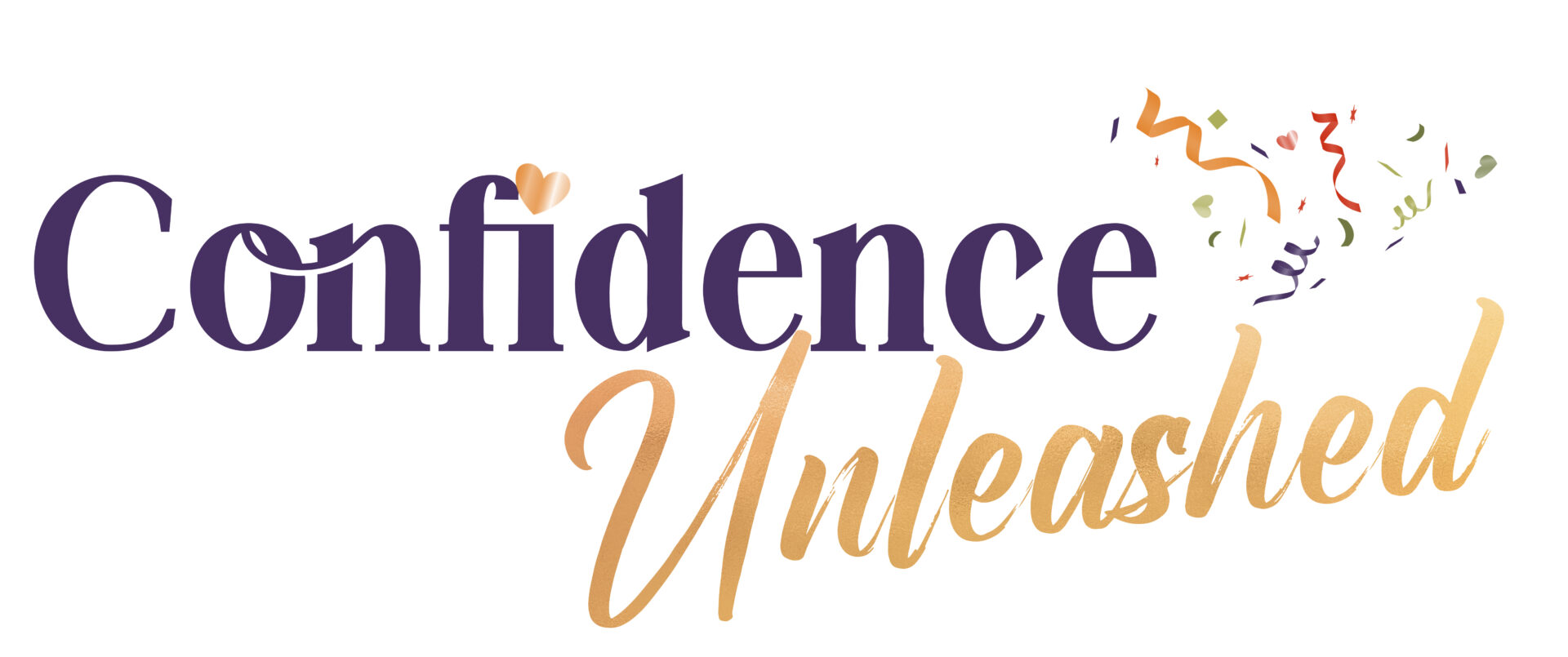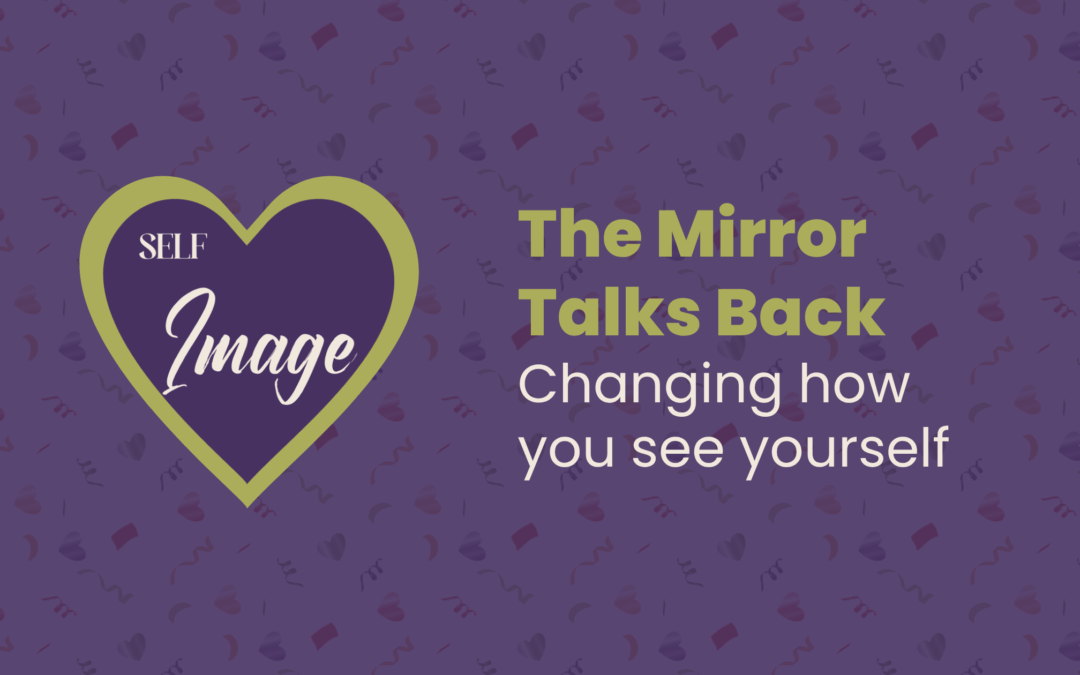When you hit the muddle of midlife, it can feel quite confronting to look in the mirror. Hormonal changes along with the weight of all the midlife responsibilities can have you noticing new lines, tired eyes and changes in your skin.
Changes not just in your weight, but also your shape, are fairly standard. Clothes that you used to love just no longer fit or feel the same. Your reflection has changed and it’s stirring up a whole host of feelings that are at best uncomfortable and worst soul destroying.
Let’s be clear. This isn’t about vanity. It’s about identity. How you feel inside and how you see yourself on the outside need to be both positive and aligned. And when the two aren’t aligned any more, it chips away at your confidence.
The impact of self-image on confidence
Self-image is the way see yourself and how you put yourself out in the world. It’s about knowing who you really are and showing up authentically in what you do, say and how you allow yourself to be seen.
It might feel like you’ve lost your sense of who you are. And if it does, you’re not alone. Cultural expectations and societal messaging can be clashing (thanks social media!) and causing you to feel confused as you evolve through this stage of your life.
When your self-image doesn’t feel aligned, you don’t just notice it standing in front of the mirror. It can manifest itself in how you show up in meetings, your relationships and your decision-making. It can affect your confidence to apply for a promotion, to enforce your boundaries, or even allow yourself to feel joy.
I love to be the bearer of good news, so I’m pleased to tell you that you can positively change how you see and feel about yourself. Here are five steps you can take to get started.
Step 1: Examine the narrative
What story are you telling yourself when you look in the mirror? Is it kind? Compassionate? Encouraging? Or is it critical, harsh, dismissive?
Ask yourself:
-
-
-
Whose voice is this? (Is it yours, or does it belong to someone else?)
-
Would I say this to a loved one?
-
What is this belief costing me?
-
-
Bringing awareness to the story is the first step to rewriting it.
Step 2: Make peace with change
Bodies change. Skin ages. Hormones fluctuate. These are facts, not flaws. But we live in a culture that often equates youth with beauty and thinness with worth. That makes it even harder to accept natural transitions without feeling like we’ve somehow failed.
But aging isn’t failure. It’s evolution. And that brings with it limitless scope for joy, new adventures, and exciting opportunities.
Instead of seeing changes as problems to fix, what if you saw them as chapters in your journey?
Step 3: Curate your self-expression
What you wear isn’t just about aesthetics — it’s a form of communication. It’s your way of telling the world who you are, what you value, and what you stand for. And it’s a message you are completely in control of, if you choose to be.
Dressing for your current body and style (rather than clinging to what used to work) is one of the most powerful ways to communicate who you are now.
Try this:
-
-
-
Wear clothes that make you feel good, not just what you “should” wear.
-
Let go of items that no longer serve you or reflect who you are now.
-
Experiment with colour, texture, and fit to express your evolving identity.
-
-
Dressing with intention can increase your sense of ownership over your image and boost your confidence — before you even speak a word.
Step 4: Shift from critic to ally
Is your default to stand in front of the mirror looking for flaws? It’s how we’ve been conditioned to some extent. But, what if you used that time to look for strengths instead?
-
-
-
Notice the kindness in your eyes.
-
Admire the shape of your shoulders or the curve of your smile.
-
Thank your body for carrying you through every stage of life so far.
-
-
Changing your self-image doesn’t mean ignoring reality — it means choosing to see yourself through a lens of compassion and appreciation. And letting go of the impossible standards that get imposed on us.
Step 5: Speak your beauty out loud
Affirmations can be incredibly powerful. Speaking kind, empowering words to yourself daily can slowly rewrite the internal script that you’ve created.
Try saying:
-
-
-
“I am beautiful because of who I am, not how I look.”
-
“I deserve love, not criticism, and so does my body.”
-
“I am proud of who I am becoming.”
-
-
It’s okay if these feel uncomfortable at first. Speak them anyway. It’s like planting new seeds – regularly watering them means that over time they grow.
Why this matters right now
When you’re in the midlife muddle, the visible changes can often feel like the most significant – because they’re more obvious. Working on your self-image can therefore have a hugely positive impact on your confidence.
You may not be able to control the physical changes that are happening, but you can choose how you show up. And when you show up as YOU, your confidence will grow.
You’re not alone in this. Redefining self-image is a vital part of the confidence journey — and it’s one you’re absolutely capable of navigating.
Journalling Question: How does the way you see yourself impact your confidence in other areas of life?
Spend some time reflecting on the connection between your physical self-image and your personal or professional choices. Does your appearance affect the risks you take? The opportunities you go after? What might change if you saw yourself more positively?

